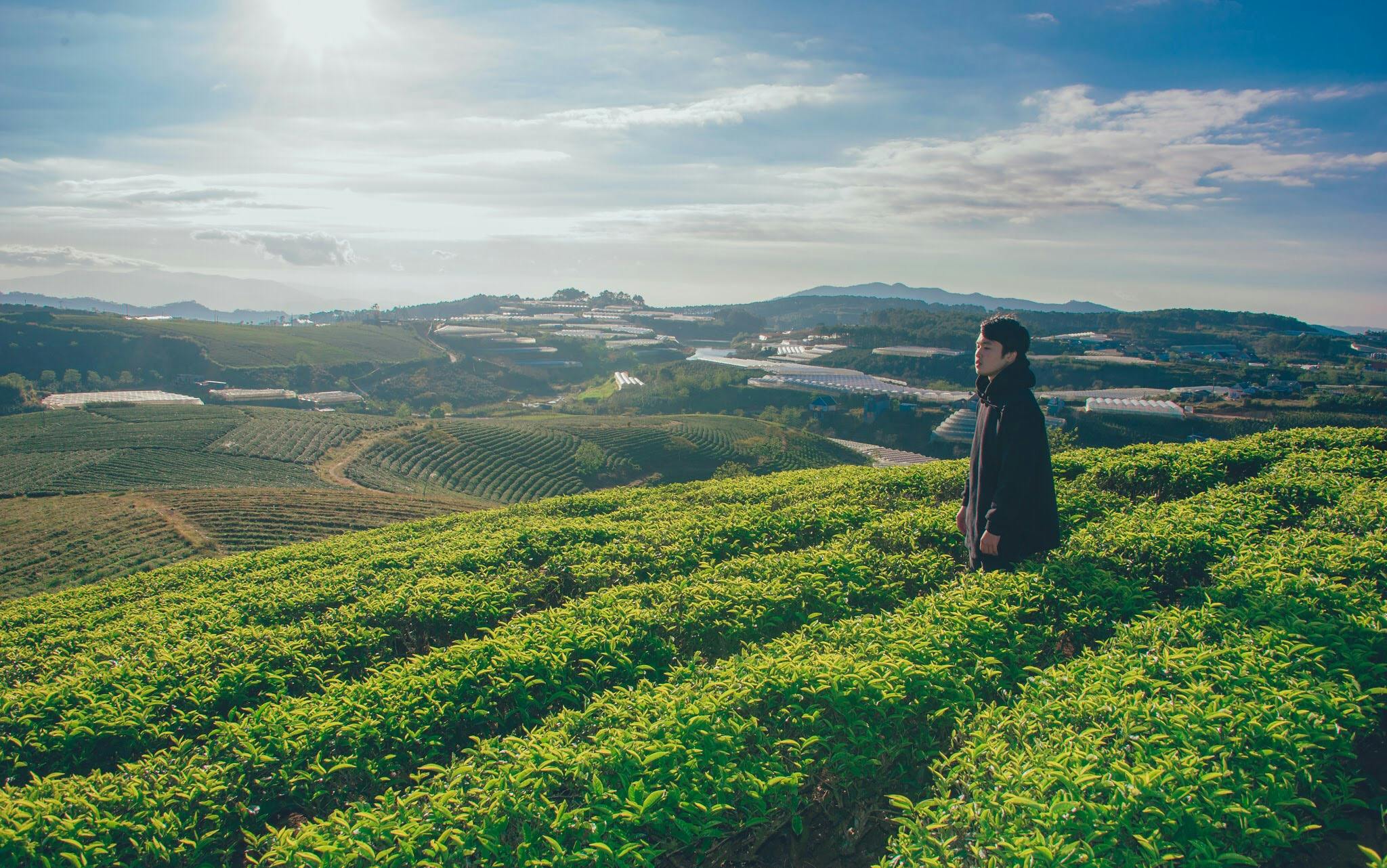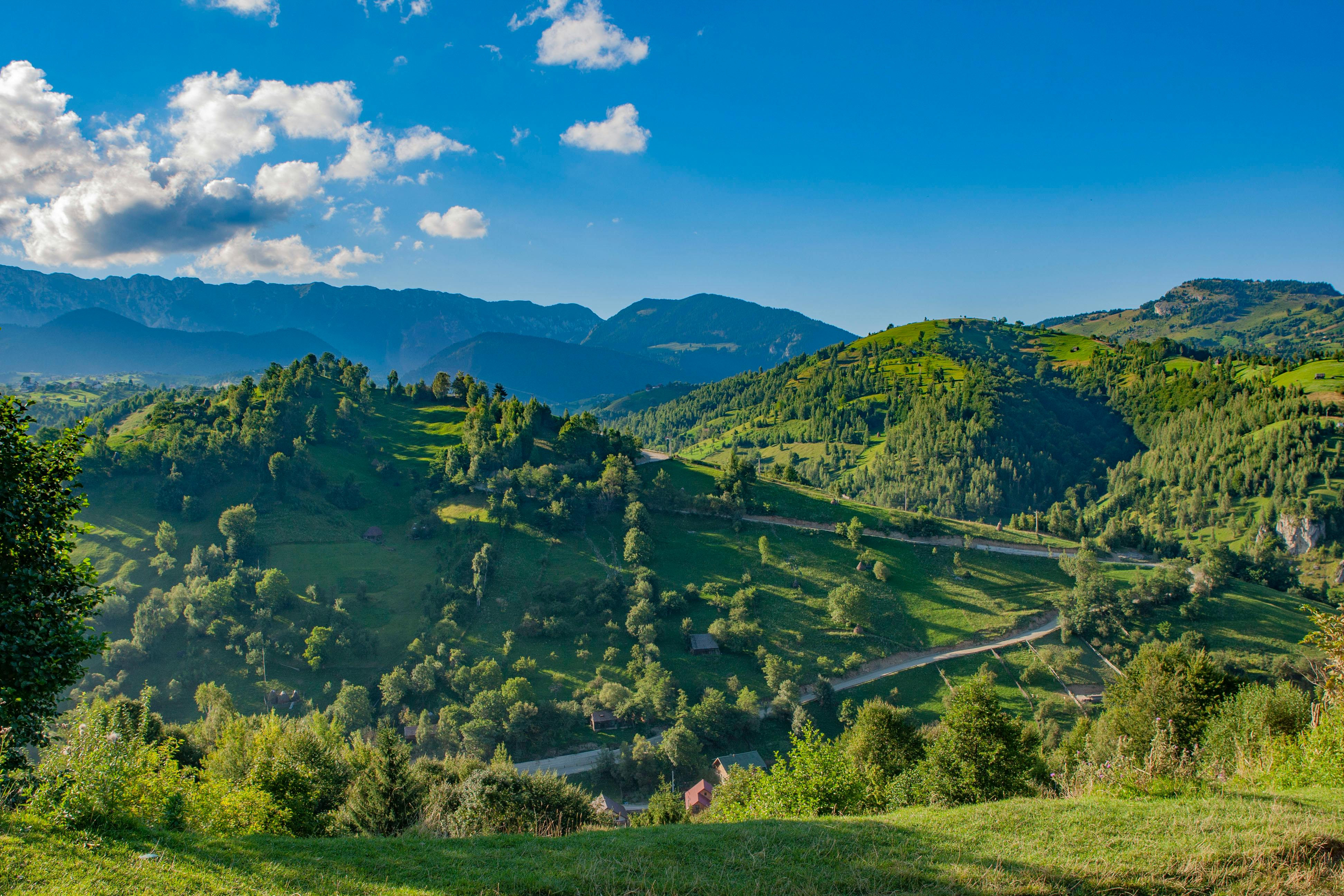
Post-Conflict Travel: How Tourism Rebuilds Destinations like Leh & Kashmir
Travel has the power to heal — not just for the traveler, but for the destination itself.
After periods of political tension or unrest, places like Leh and Kashmir often find themselves misunderstood or overlooked. But once stability returns, tourism becomes more than just a leisure activity — it becomes a catalyst for economic revival, cultural exchange, and community resilience.
In 2025, as Leh and Kashmir continue to emerge stronger, more connected, and more welcoming, here’s how post-conflict tourism is playing a vital role in their recovery.
🏞️ The Power of Presence: Why Travelers Matter
When you choose to visit a post-conflict region like Kashmir or Leh:
- You’re supporting local livelihoods: guides, drivers, hoteliers, artisans, café owners.
- You’re challenging outdated narratives: showing the world it’s safe, vibrant, and full of human warmth.
- You’re encouraging peace through connection: by simply listening, learning, and showing up.
Every shikara ride, every homestay booking, every Instagram post matters more than you think.
📈 Tourism as a Tool for Economic Recovery
In Kashmir and Ladakh, tourism contributes significantly to local income. After periods of unrest, many families lose their main source of earnings — especially in:
- Handicrafts (Pashmina, carpets, woodwork)
- Hospitality (guesthouses, homestays)
- Agriculture & transport linked to tourism seasons
As more travelers return, economic cycles restart:
More guests → more income → more reinvestment → better infrastructure & confidence
🤝 Rebuilding Trust Through Cultural Exchange
One of the most beautiful effects of post-conflict tourism? Reconnection.
Travelers often arrive with curiosity and leave with compassion — understanding that beyond the headlines are real people, eager to welcome, share, and move forward.
In Ladakh, Buddhist monasteries and village festivals offer raw, unfiltered human connection.
In Kashmir, tea with locals, Sufi music nights, and heritage walks paint a new narrative — one built on hope, not fear.
🛑 What Responsible Travelers Should Know
Yes — post-conflict travel is powerful. But it also requires sensitivity and awareness.
Here’s how to do it right:
✅ 1. Travel with Context
Stay updated with recent events. Read beyond the headlines. Respect the region's emotional and political landscape.
✅ 2. Support Local
Book with local operators, guides, artists, and businesses — your money has real impact here.
✅ 3. Ask, Don’t Assume
Whether you're taking photos, asking questions, or entering sacred spaces — always ask first.
Build mutual respect.
✅ 4. Listen More
Let locals lead the narrative. Sometimes the most important thing you can do is just be present and hear their stories.
💬 Voices from the Ground
“Each time tourists return, we feel normal again. It reminds us that we’re not forgotten.”
– A carpet weaver in Srinagar
“After the silence of lockdowns and tension, hearing travelers laugh in our café gave us hope.”
– Guesthouse owner, Leh
✈️ Is It Safe to Travel in 2025?
Yes. As of mid-2025, both Leh (Ladakh) and Kashmir are open to tourists and have improved connectivity, stable conditions, and stronger tourism guidelines.
Group travel, guided trips, and curated experiences with local TripLeaders are highly recommended for first-time visitors.
👉 Explore Leh & Kashmir trips on JoinYourTrip
🧭 Final Thought
Post-conflict tourism isn’t about ignoring the past. It’s about walking into the future — with empathy, awareness, and intention.
Leh and Kashmir are more than just pretty places on a map. They’re stories of resilience. And by traveling there, you become part of their next chapter.





